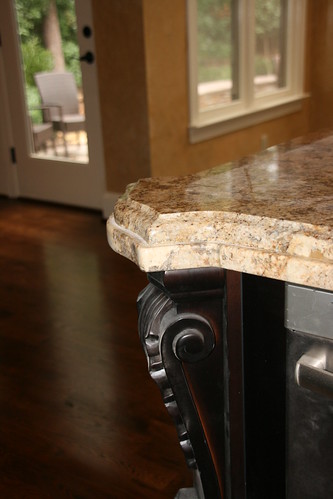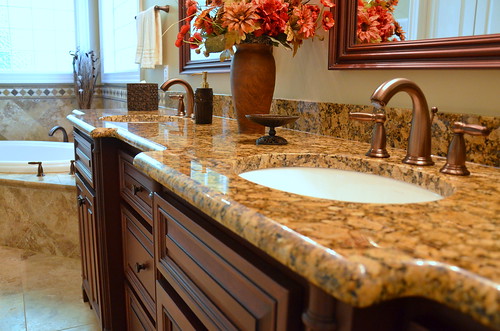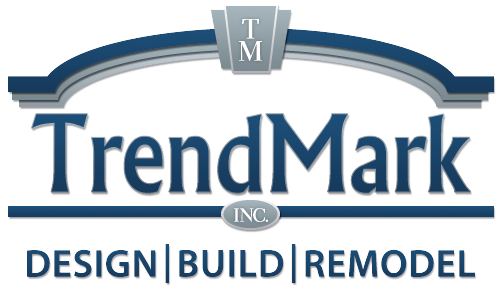UNDERSTANDING GRANITE
Granite is the premium countertop material for kitchens and bathrooms, adding timeless beauty, durability and value to the home.
By definition granite is a common, coarse-grained, light-colored, hard igneous rock consisting chiefly of

quartz, orthoclase or microcline, and mica with naturally occurring variations in color and pattern referred to as movement. Granite has movement and/or veining, which is best for a kitchen with a lot of counter space. Every granite slab varies somewhat within any color and pattern, even from one end to the other. This lack of predictability gives the product its unique character and adds an element of nature into human-designed spaces.
Levels
There are many levels of granite available. A classification of level one (lowest price), level two, or level three (highest price). Levels do not refer to the quality, but they do indicate color and sometimes the thickness of the granite. Typically, the more exotic the look of the granite, the higher the level and the higher the price.
Edges
There are a variety of edges available for granite countertops. The most basic edge is a squared edge. It has a very slight bevel, called a chamfer, to take the sharpness from the corners. A popular modification is the quarter round. Quarter round is rounded off, or the double quarter round, where the top and bottom edges are rounded. Bullnose is a variation where the top edge is rounded more dramatically. The full bullnose converts the edge of the countertop to a perfect half-circle. Beveled edges are also popular, and can be carved on either the top, bottom edge or both. Decorative edges like ogee consist of two graceful, sweeping arches, one concave, and the other convex. Other popular edges include cove, chiseled and waterfall.

Layout
The layout of your countertop, such as in an “L”-shaped corner, can affect the cost. Granite comes in rectangular pieces; you can reduce costs by using two seamed pieces. The visibility of seams will depend on the granite’s granularity, color, and pattern. Epoxy that matches the stone color joins the slabs leaving only a skinny line visible.
Granite countertops can be one of your home’s chief selling points. The increase in the home value offsets the cost. They are durable, reasonably low-maintenance, and have beautiful aesthetic qualities. As with all major remodeling projects, take time to educate yourself and be sure to choose a qualified contractor. The result can be stunning.

